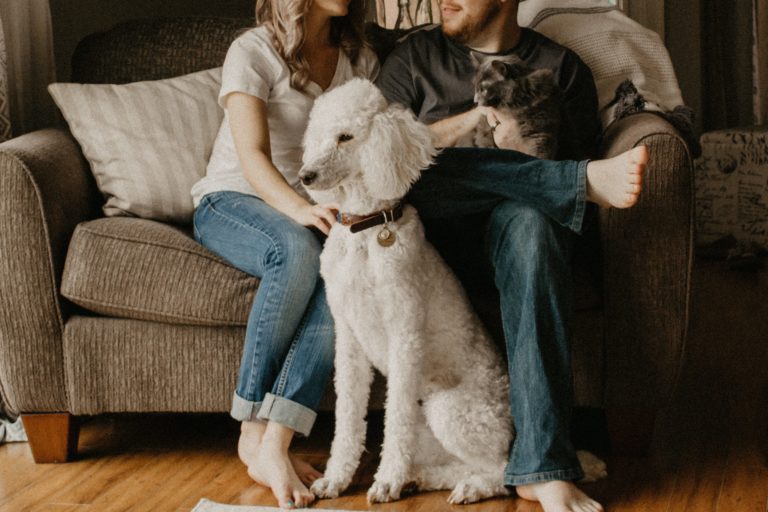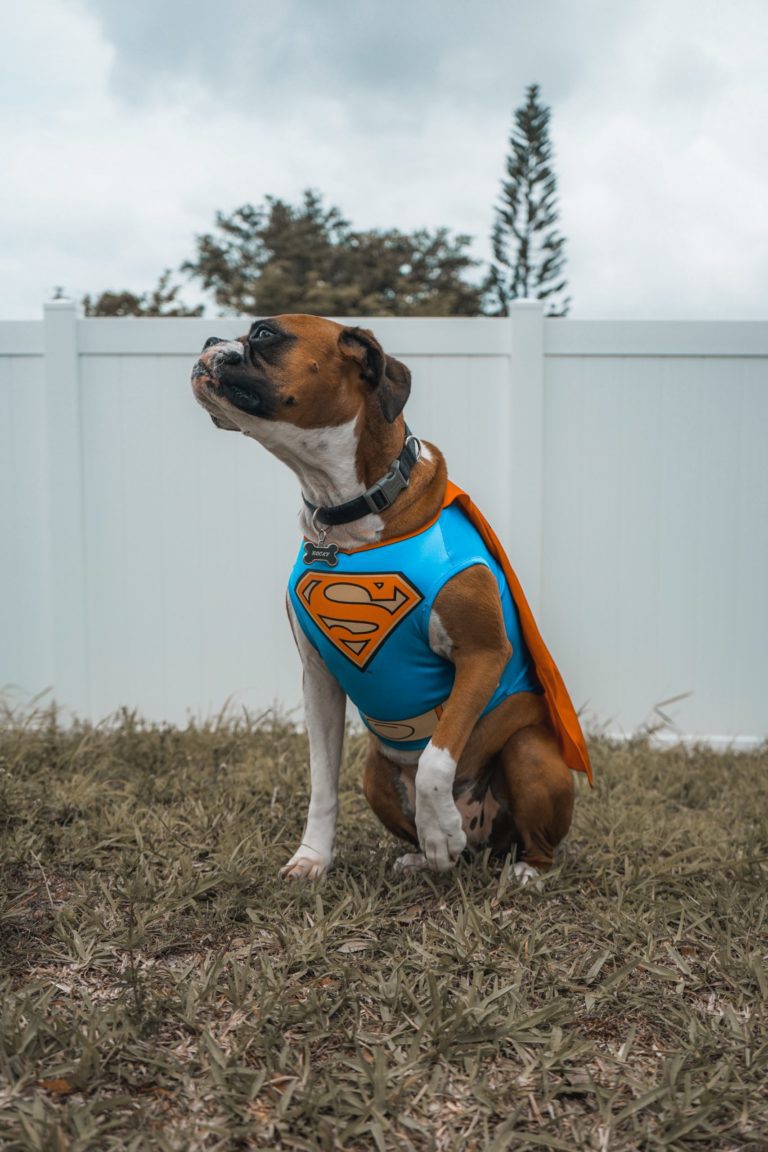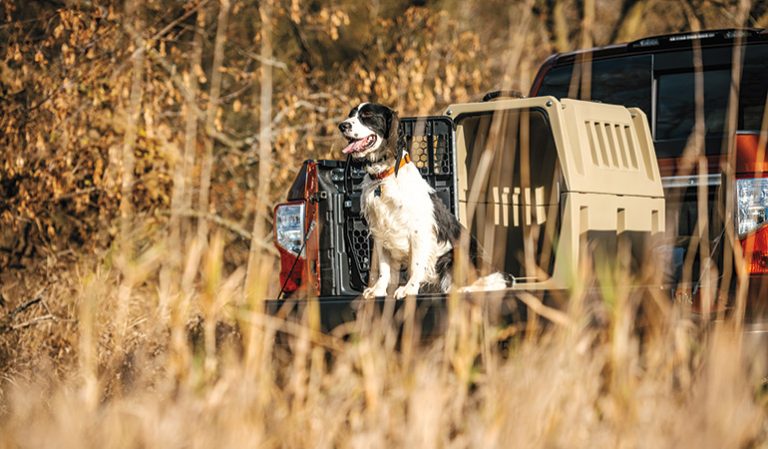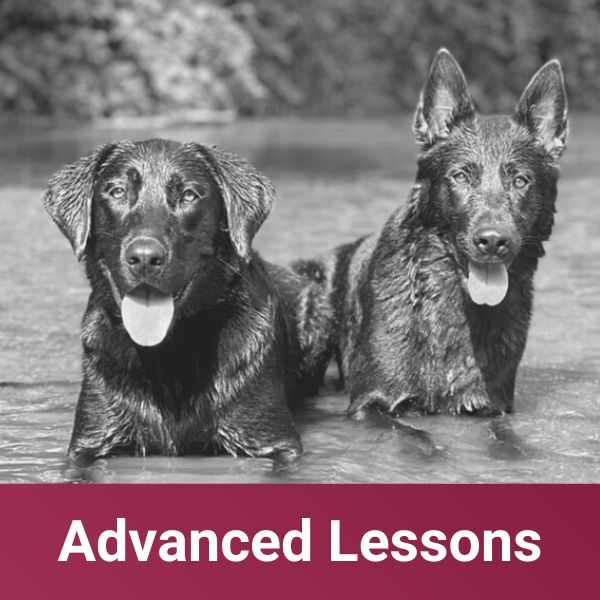Dog Training Tips
Dog training is very important, but we often make mistakes because we are unaware of the error of our ways. Most of the time, these mistakes are not critical, but they do tend to slow down the process of the dog’s training. This causes frustration for the owner and confuses the pet. Here are some mistakes commonly made in dog training, and how you can avoid them.
You are Training for Too Long
You might think training your dog for extended periods of time will produce better results, but that is not always how it works. Your dog might get bored, especially if it is a young pup. You might start getting tired and ignore the dog’s behaviors. Long sessions can be tiresome for both the owners and dogs. Short, fun, and fully engaged sessions are more effective because you can retain the dog’s attention better during this time.
You are Not Practicing Regularly
People often get complacent after the initial training. However, it is important to continue training or the dog can regress. Just like you get rusty over time if you have not done something, dogs are the same. As a result, it is important to practice and reinforce the skills you learned with your dog. Consistency and frequency is key, not perfection.
You are Training at the Same Area
People often make the mistake of training their dogs at the same place, for example, their homes or yards. They become frustrated when the dogs misbehave in higher distraction environments, such as a festival or college campus. Many do not understand that dogs do not generalize easily, so you should train them in different location. This reinforces their commands around distractions and in a wide variety of environments. This also helps your dog grow accustomed to listening in a variety of environments. This is the reason our 2 Week Board and Train is so successful and popular.
You are Not Proactive
Dog training takes time, technique and stamina. Patience and consistency are keys to a well behaved dog. People often lack insight and only react to the situation. Instead, you need to remain proactive, train your dog regularly and instill good habits. As we say, “there is NO replacement for repetition.” Also, be proactive in training the dog for situations that you know they be exposed to (distracted by other dogs, distracted by people, noises, objects, etc). It is better to work on these things in a training environment so you know how to managed them in a real world situation. Exposing your dog to more complex scenarios will set them up for success.
Always Give the Dog 100%
Remember, the dog you are training does not understand what you have going on in your life (break-up, tired, stressed, etc). Our philosophy is, “You chose to train the dog, the dog did not choose to work with you; therefore, YOU owe the dog everything and they owe you nothing.” Always make a conscious effort to be motivated, up-beat, and fun! If you find yourself (or the dog) getting frustrated, it is time to take a break. Give the dog 100%!
You are Not Consistent
Consistency is KEY! There is no replacement for consistency. If you give the dog a command, it is imperative that you follow through 100% of the time. If the dog believes there is a loop-hole in your training system, they will certainly find it. If we tell the dog to “Down,” and they break the command five times, we will put them back in command six times. Only letting them up when “We” give them the release word. If you are training inconsistently, you should expect inconsistent results.
The Three Things It Takes To Make A Dog Amazing
In the words of legendary trainer George Hickox, “There are three things every dog needs in order to be a champion: good genetics, good nutrition, and good training.” Depending on where you got your dog you cannot always control the dog’s genetics; however, you can control the other two! Ensure your dog’s nutrition, hydration, and health is placed very high on the priority list. Having the ability to control two of the three most important things is huge! Do not take them lightly.
Apply What Training Works Best For the Dog In Front of You
A lot of people forget that the most important dog in the world is the one that is right in front of them. Adjust your training, style, and methodology to whatever works best for the dog that is in front of you!






